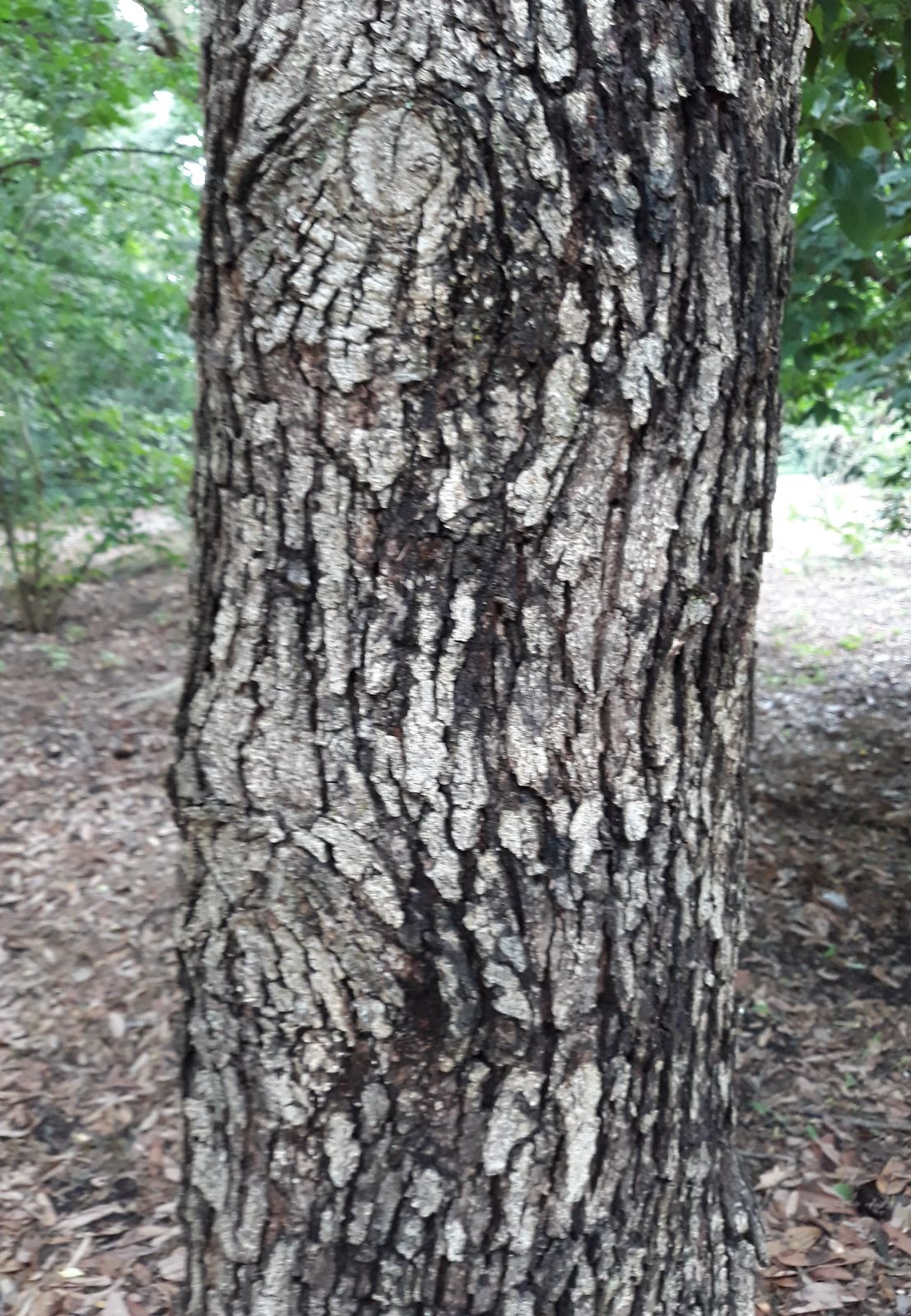Quercus polymorpha
Sponsor
Kindly sponsored by
The Trees and Shrubs Online Oak Consortium
Credits
Article from New Trees by John Grimshaw & Ross Bayton
Recommended citation
'Quercus polymorpha' from the website Trees and Shrubs Online (treesandshrubsonline.
Other taxa in genus
- Quercus acerifolia
- Quercus acherdophylla
- Quercus acrodonta
- Quercus acuta
- Quercus acutifolia
- Quercus acutissima
- Quercus afares
- Quercus affinis
- Quercus agrifolia
- Quercus alba
- Quercus aliena
- Quercus alnifolia
- Quercus aquifolioides
- Quercus arizonica
- Quercus arkansana
- Quercus aucheri
- Quercus augustini
- Quercus austrina
- Quercus × auzendei
- Quercus baloot
- Quercus bambusifolia
- Quercus baronii
- Quercus bicolor
- Quercus brantii
- Quercus buckleyi
- Quercus canariensis
- Quercus canbyi
- Quercus candicans
- Quercus castanea
- Quercus castaneifolia
- Quercus cerris
- Quercus chenii
- Quercus chrysolepis
- Quercus coccifera
- Quercus cocciferoides
- Quercus coccinea
- Quercus conspersa
- Quercus crassifolia
- Quercus crassipes
- Quercus delavayi
- Quercus dentata
- Quercus deserticola
- Quercus dolicholepis
- Quercus douglasii
- Quercus dumosa
- Quercus durifolia
- Quercus eduardii
- Quercus ellipsoidalis
- Quercus emoryi
- Quercus engelmannii
- Quercus engleriana
- Quercus euboica
- Quercus eugeniifolia
- Quercus fabri
- Quercus faginea
- Quercus falcata
- Quercus floribunda
- Quercus frainetto
- Quercus franchetii
- Quercus fruticosa
- Quercus fusiformis
- Quercus gambelii
- Quercus garryana
- Quercus geminata
- Quercus georgiana
- Quercus germana
- Quercus gilliana
- Quercus gilva
- Quercus glabrescens
- Quercus glauca
- Quercus graciliformis
- Quercus gravesii
- Quercus griffithii
- Quercus grisea
- Quercus guyavifolia
- Quercus hartwissiana
- Quercus hemisphaerica
- Quercus × hispanica
- Quercus hondae
- Quercus hypargyrea
- Quercus hypoleucoides
- Quercus ilex
- Quercus ilicifolia
- Quercus imbricaria
- Quercus incana
- Quercus infectoria
- Quercus insignis
- Quercus ithaburensis
- Quercus kelloggii
- Quercus × kewensis
- Quercus kiukiangensis
- Quercus laceyi
- Quercus laevis
- Quercus lamellosa
- Quercus lanata
- Quercus lancifolia
- Quercus laurifolia
- Quercus laurina
- Quercus × leana
- Quercus leucotrichophora
- Quercus × libanerris
- Quercus libani
- Quercus lobata
- Quercus lobbii
- Quercus lodicosa
- Quercus longinux
- Quercus longispica
- Quercus look
- Quercus × ludoviciana
- Quercus macranthera
- Quercus macrocalyx
- Quercus macrocarpa
- Quercus macrolepis
- Quercus marilandica
- Quercus mexicana
- Quercus michauxii
- Quercus mongolica
- Quercus monimotricha
- Quercus montana
- Quercus morii
- Quercus muehlenbergii
- Quercus myrsinifolia
- Quercus myrtifolia
- Quercus nigra
- Quercus × numidica
- Quercus oblongifolia
- Quercus obtusata
- Quercus oglethorpensis
- Quercus oxyodon
- Quercus pagoda
- Quercus palmeri
- Quercus palustris
- Quercus pannosa
- Quercus parvula
- Quercus petraea
- Quercus phellos
- Quercus phillyreoides
- Quercus planipocula
- Quercus poilanei
- Quercus pontica
- Quercus prinoides
- Quercus pubescens
- Quercus pyrenaica
- Quercus rehderiana
- Quercus reticulata
- Quercus robur
- Quercus rotundifolia
- Quercus rubra
- Quercus rugosa
- Quercus rysophylla
- Quercus sadleriana
- Quercus salicina
- Quercus sartorii
- Quercus × schneideri
- Quercus schottkyana
- Quercus semecarpifolia
- Quercus senescens
- Quercus serrata
- Quercus sessilifolia
- Quercus setulosa
- Quercus shumardii
- Quercus sinuata
- Quercus spinosa
- Quercus stellata
- Quercus stenophylloides
- Quercus suber
- Quercus subspathulata
- Quercus tarokoensis
- Quercus tatakaensis
- Quercus texana
- Quercus tomentella
- Quercus trojana
- Quercus tungmaiensis
- Quercus turbinella
- Quercus × turneri
- Quercus undulata
- Quercus utahensis
- Quercus utilis
- Quercus uxoris
- Quercus variabilis
- Quercus velutina
- Quercus virginiana
- Quercus vulcanica
- Quercus warburgii
- Quercus wislizenii
- Quercus xalapensis
Tree to 20 m or slightly more. Branchlets reddish or greenish brown and tomentose, though soon glabrous with pale lenticels. Leaves sub-evergreen, 5–10(–15) × 3–6(–8) cm, elliptic or ovate, upper surface dark or light green, glossy, glabrous though tomentose when young and with impressed veins, lower surface light green to glaucous with prominent raised veins, largely glabrous, but tomentose and with erect golden hairs when young, 10–12(–14) secondary veins on each side of the midrib, margins entire or with prominent serrations in upper third of leaf, apex rounded, acuminate or retuse; petiole 1.5–2.5 cm long. Infructescence 0.5–1 cm long with one to two cupules. Cupule hemispheric or funnel-shaped, 1.2–2 × 1–1.3 cm; scales acute, grey-pubescent, appressed. Acorn ovoid to ellipsoid, half of its length enclosed in the cupule, yellow-tomentose, 1.4–2.5 cm long with a short stylopodium. Flowering October (USA). Muller 1942, Nixon 1997. Distribution GUATEMALA; MEXICO: Chiapas, Hidalgo, Nuevo León, Oaxaca, Puebla, San Luis Potosí, Tamaulipas, Veracruz; USA: Texas. Habitat Dry, tropical forest, cloud forest, pine-oak woodland, gallery forest, between 400 and 2450 m asl. USDA Hardiness Zone 7. Conservation status Near Threatened. Illustration Nixon 1997.
This widespread but principally Mexican white oak is most frequently represented in collections throughout our area by small young plants only, but in suitable conditions it has the potential to make a fine tree. Seedlings observed at the Cistus Nursery in Portland, Oregon showed considerable variation in the degree of toothing on the leaves. All, however, demonstrated the spectacular red-pubescent new growth that makes this species very desirable. It is not successful in the cool English summers of the Hillier Gardens but is flourishing in Shaun Haddock’s collection in southern France (A. Coombes, pers. comm. 2006). Demonstrating the white oaks’ preference for hot summers, a specimen at the JC Raulston Arboretum is 7 m tall, dbh 12 cm. Planted in 1999, it has formed a single straight trunk with spreading branches, and when observed in June 2006 was just starting the year’s second flush of new growth.


